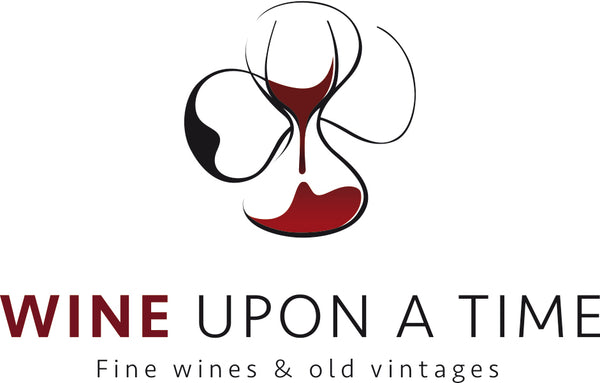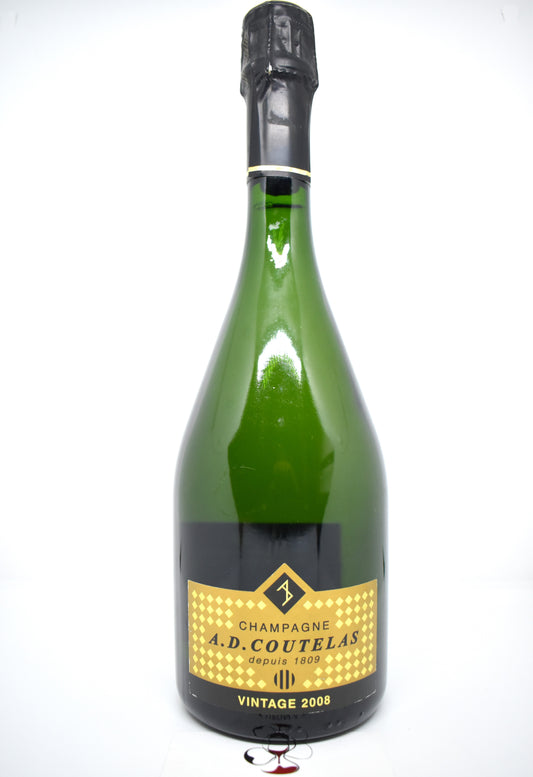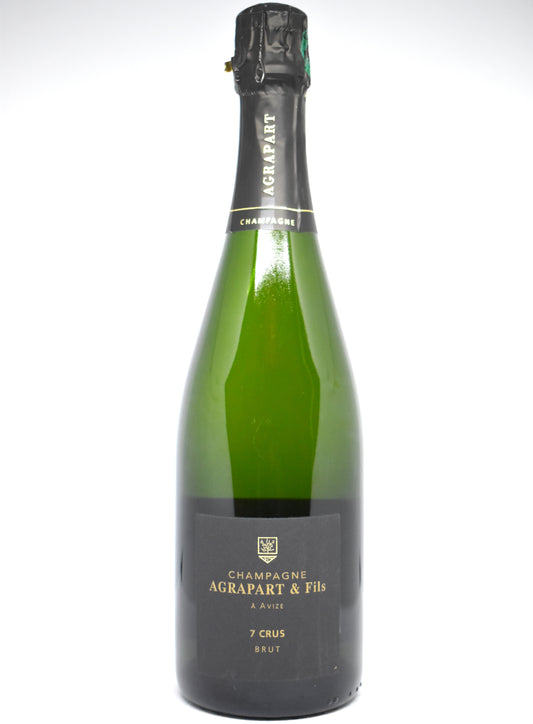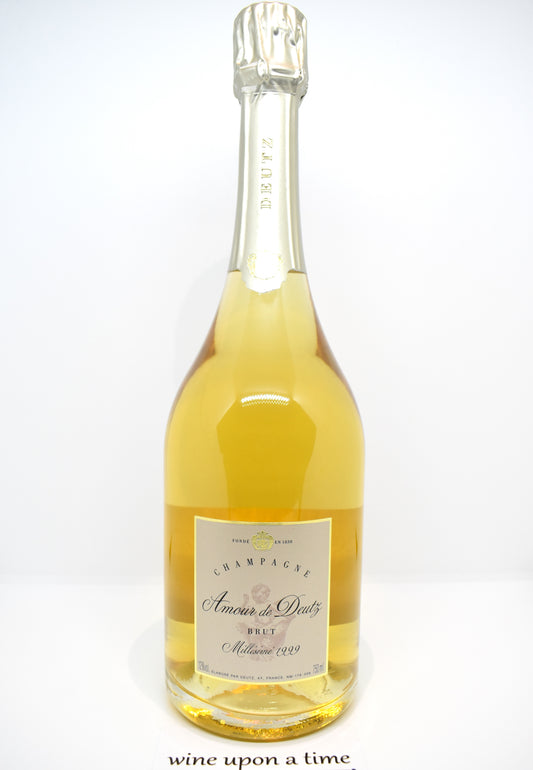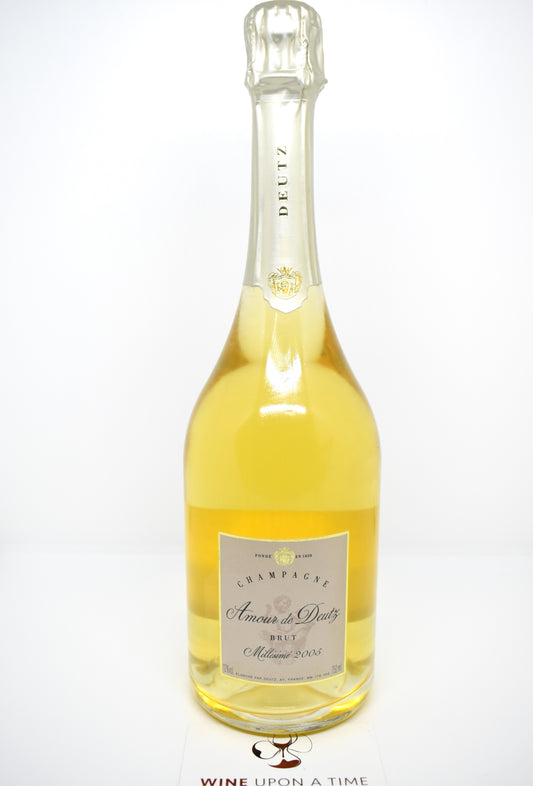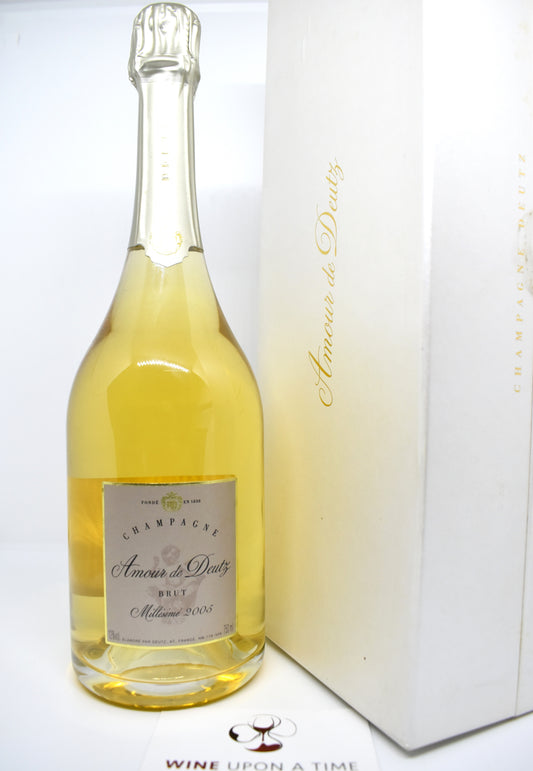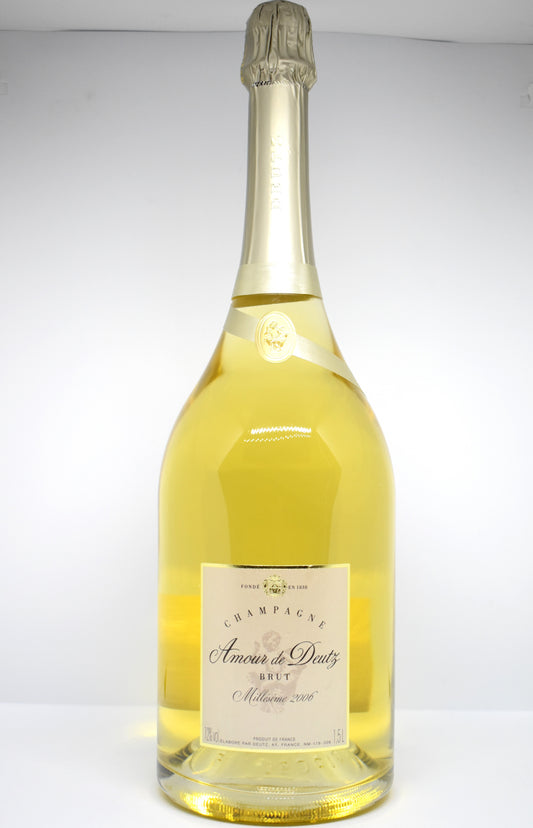A symbol of celebration, elegance and refinement, Champagne is now a must-have for celebrating Christmas and New Year. But did you know that this tradition goes back centuries and has origins deeply rooted in French royal history? Discover how this sparkling wine became a true emblem of the end-of-year celebrations.
The beginnings of Champagne: a not so effervescent wine
Before becoming the sparkling wine we know, Champagne was a still wine, produced in the eponymous region in northeastern France. It wasn't until the 17th century that sparkling wine, as we know it today, began to develop, thanks in part to the innovations of Benedictine monks, such as Dom Pérignon. They perfected the méthode champenoise, which allowed them to control fermentation and the creation of bubbles.
King Louis XV and the rise of Champagne
The history of Champagne is inseparable from the French royal court. During the reign of Louis XV (1715-1774), sparkling Champagne experienced a real boom. The king himself was a great lover of this wine, which was served at the sumptuous parties organized at the court of Versailles.
In 1728, Louis XV signed a decree authorizing the transport of wine in bottles (instead of the traditional barrels), thus facilitating the trade and conservation of sparkling Champagne. This allowed the Champagne houses to develop their activities and make this unique wine known far beyond the borders of the region.
Champagne then became a symbol of prestige and luxury, reserved for the elite. During royal celebrations, it was used to mark important moments, a tradition that inspired aristocrats and European courts.
Champagne, star of aristocratic and bourgeois celebrations
In the 18th and 19th centuries, thanks to its association with royalty and its ability to inspire wonder, Champagne found a place at bourgeois receptions and dinners. The great Champagne houses, such as Moët & Chandon, Veuve Clicquot and Krug, helped popularize this festive drink by positioning it as a luxury product.
Its effervescence and sparkling bubbles symbolize joy and celebration, making it a perfect drink to celebrate Christmas and the New Year.
Why Champagne at Christmas?
The holiday season is all about sharing, togetherness and celebration, values perfectly embodied by Champagne. Here’s why this wine has become the preferred choice for Christmas:
- A symbol of luxury and exclusivity : Giving or tasting Champagne for Christmas is a way to make the celebration special and memorable.
- A universally appreciated wine : Its freshness, lightness and festive character please everyone, whether served as an aperitif, with dessert or throughout the meal.
- A ritual rooted in tradition : Raising a glass of Champagne for a toast at Christmas or New Year has become an emblematic gesture of these end-of-year moments.
The best Champagnes to enhance your celebrations
Today, Champagne comes in many vintages, suitable for all tastes and all tables. Here are some suggestions for choosing:
- Classic brut champagnes : Ideal as an aperitif or to accompany seafood and light dishes.
- Vintage Champagnes : More complex and refined, perfect for sophisticated dishes or to mark a special occasion.
- Rosé champagnes : Their elegance and fruity notes make them ideal with desserts or poultry dishes.
Champagne, a timeless tradition
From King Louis XV to your Christmas celebrations, Champagne has spanned the centuries while preserving its aura of magic and prestige. More than a drink, it has become a symbol of celebrations, sharing and the French art of living.
So, when you raise your glass of Champagne to toast Christmas this year, remember that you are continuing a centuries-old royal tradition. And if you want to mark your celebrations with a touch of the exceptional, why not opt for a vintage Champagne or a special cuvée?
Champagne: because magical moments deserve exceptional bubbles.
